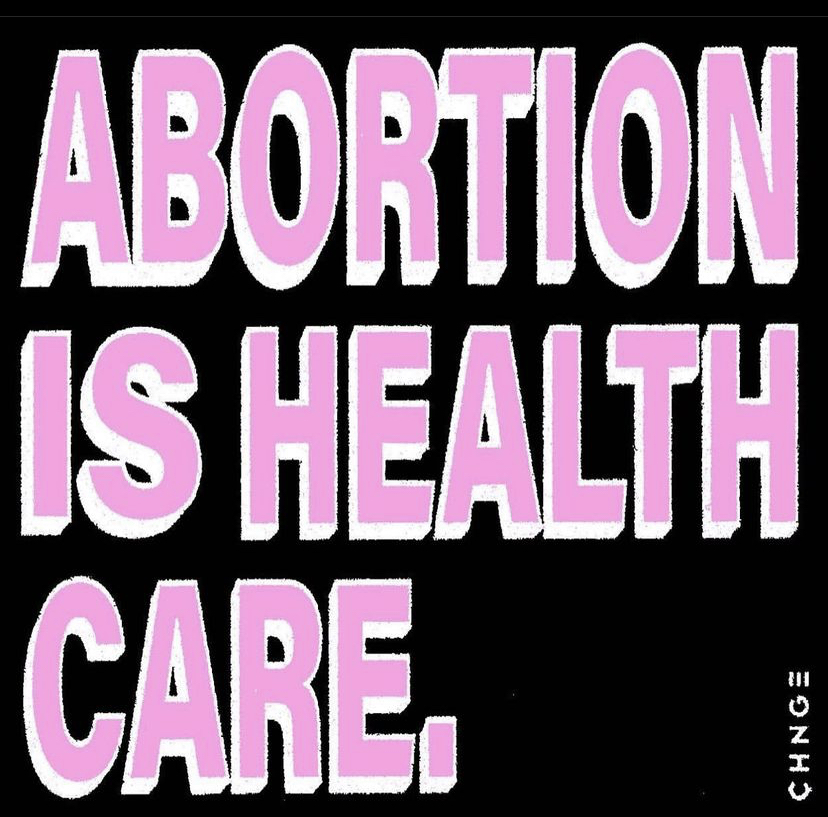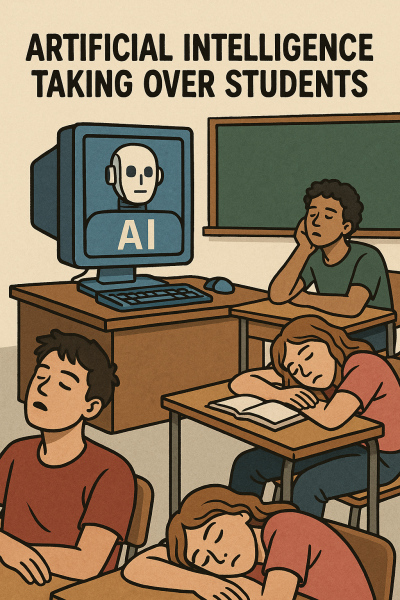The harmful effects of banning abortions
What will it take for women to keep their rights.
Pro-choice and Pro-life parties have been going head to head about the harmful effects and harmful choices getting an abortion can have. What some fail to realize is how unethical it is to make abortions inaccessible for women. But putting a ban on abortions will not stop them. Drastic measures to get one will be used by some women, which could lead to the mother’s death. Women are told what they are allowed to do with their own bodies by society, and this is not fair. Women should have the ability to get an abortion whether it be because of rape or for not being ready to raise a child in a proper and healthy environment. Banning abortions will only lead to more harmful acts that can easily be avoided by the proper treatment that can be accessed when needed.
The article by The New York Times, “´Her heart was beating too´: The Women Who Died After Abortion” bans, by Sarah Wildman, goes into detail about a story of a woman whose life was ended because of the strict abortion laws. Savita Halappanvar, a 31-year-old dentist, arrived at the Irelands University Hospital Galway in excruciating pain in 2012. Halappanvar was experiencing a miscarriage after 17 weeks of pregnancy. Even with the conclusion of the miscarriage, the hospital staff refused to intervene or access the situation at hand because the fetus had a heartbeat, her only option was to wait. According to Savita’s husband, the doctors said there was no chance of saving the baby. Halappanvar suffered organ damage during the process of waiting for her baby’s heartbeat to diminish; she died two and a half days later. three decades prior to this incident Ireland’s leaders assembled one of the world’s strictest abortion laws connected to an amendment of their nation’s constitution. Women inaccessible to this procedure would have to leave the country to get it done or appeal to the highest court and most likely still would not be able to follow through. Women forced upon a pregnancy due to rape still had to abide by this law, they had to suffer a consequence for something disgusting and brutal. Savita Halappanvars’s story became a distinguished point in the women’s activist movement in Ireland and helped repeal the country’s harsh amendment. Even though they stated they could not save the baby they still made Halappanvar suffer, her heart was beating too.
Another article “Legal or Not, Abortion Rates Compare” from The New York Times, by Elisabeth Rosenthal, shared that abortions are responsible for 13 percent of women’s deaths during pregnancy and childbirth. There are 31 abortions for every 100 live births globally. Meanwhile, 20 million abortions that are considered unsafe are accounted for each year concluding at least 67,000 women to die as a result of complications from those abortions. This happens most in countries where abortion is illegal. This information was also shared by Elisabeth Rosenthal in the New York Times.
While it is fought that having an abortion is and should be considered murder, to what extent is it ok to provoke a women’s right to her own body and choice, a child is a huge responsibility, and if women or her partner are not ready to take on that role or was forced into sexual activity that caused the outcome of a pregnancy a woman should not have to plead a case or try to harm herself for something that she cannot be held accountable for.
Being able to raise a child and support a child while supporting yourself takes a lot of effort and money. If a woman is not ready to take on a child into the world knowing that she can care for and afford the needs of a child it can cause greater harm to both the child and parent in the situation. Child neglect and poverty are very serious issues that would come out of not being able to get an abortion. Instead of banning abortions, there are other alternatives to this matter. Banning abortions is not going to lower the percentage of women who get them, it is only going to support harmful alternatives to the matter.
Works Cited
Rosenthal, Elisabeth. “Legal or Not, Abortion Rates Compare.” The New York Times, The New York Times, 12 Oct. 2007, www.nytimes.com/2007/10/12/world/12abortion.html.
Wildman, Sarah. “’Her Heart Was Beating Too’: The Women Who Died After Abortion Bans.” The New York Times, The New York Times, 29 Nov. 2021, www.nytimes.com/2021/11/29/opinion/heartbeat-abortion-bans-savita-izabela.html.

Hi, my name is Sofia Savino. I am a junior here at Triton. I am a cheerleader here at the school. Outside of school, I work at a Mexican restaurant and...





